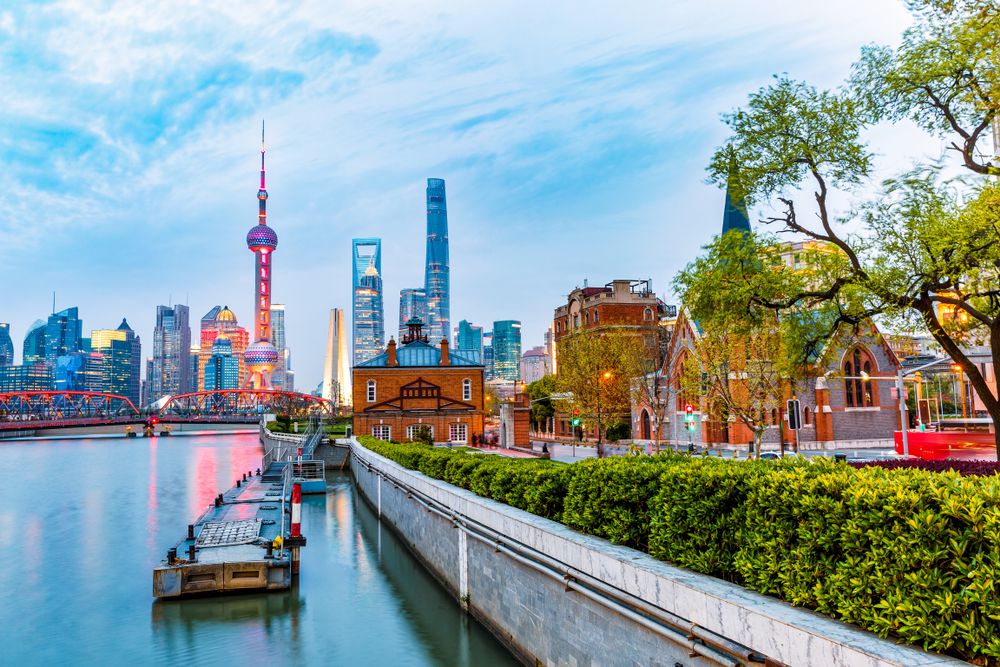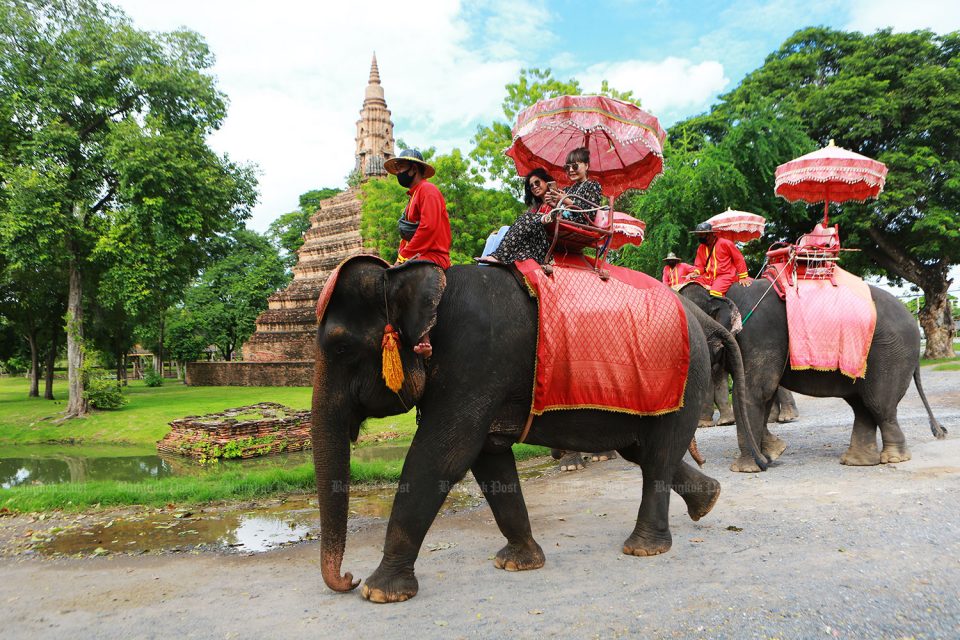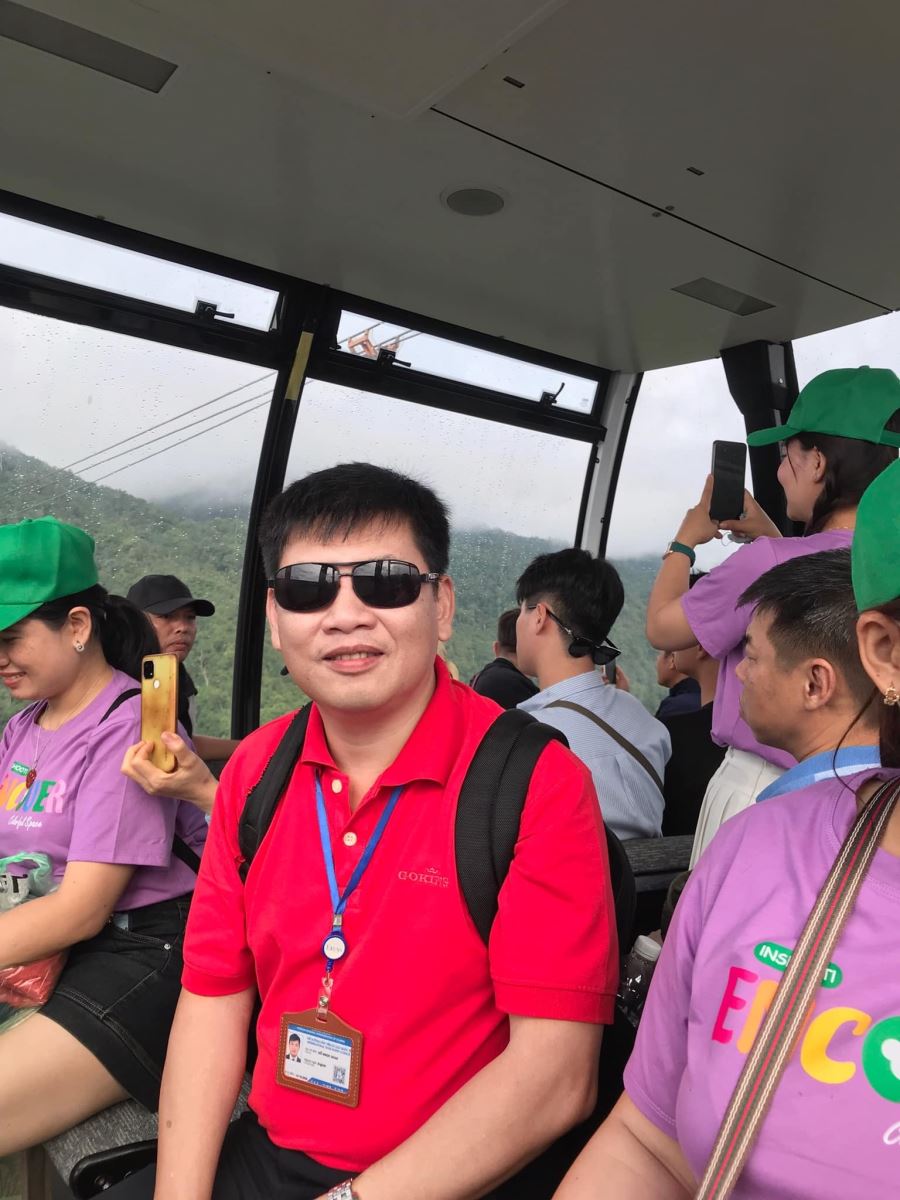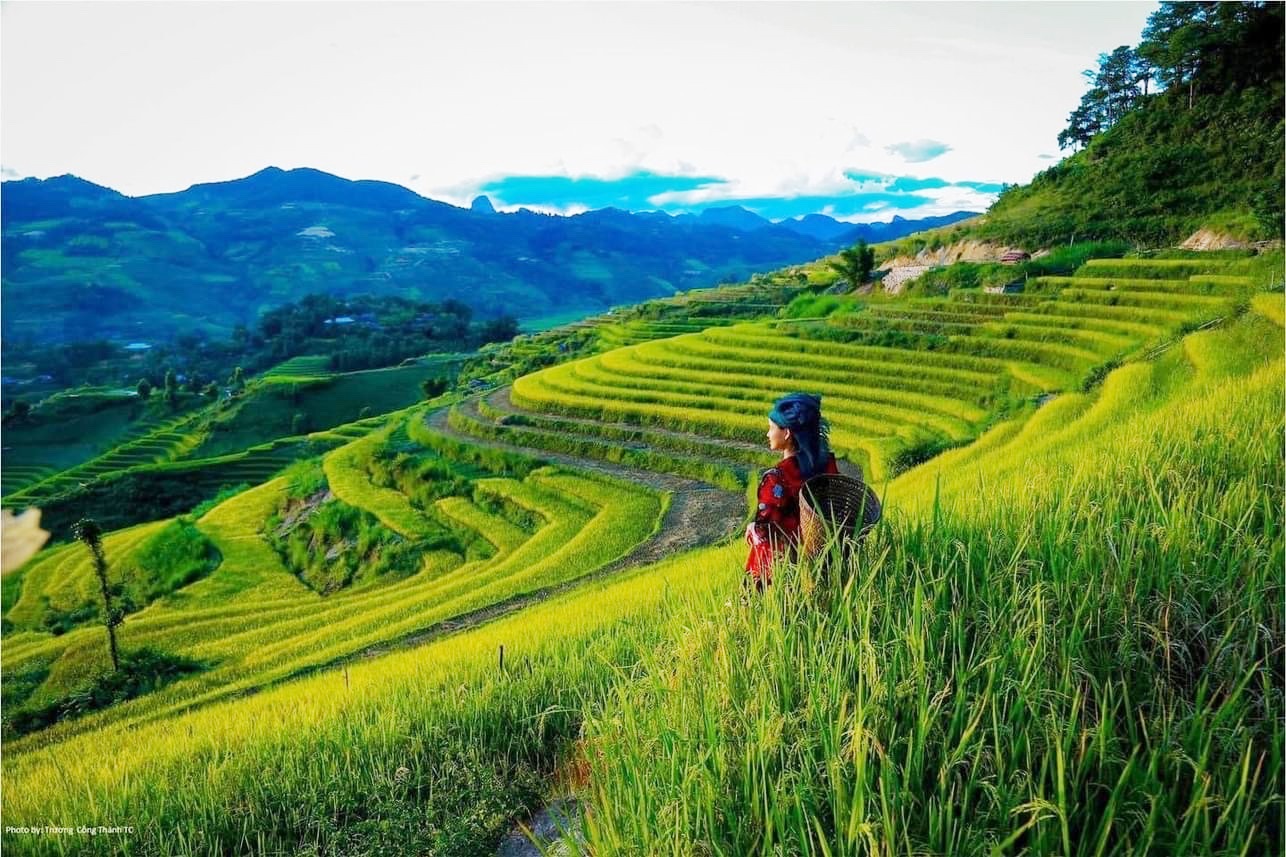Dien Bien Phu Travel Guide
Dien Bien province, which situated in the Northwest region of Vietnam, has a highland tropical monsoon climate, with relatively cold and dry winters; hot and rainy summers influenced from the southwest monsoon. However, what truly makes it captivating? Which seasons best showcase its beauty? Let's find information this article to discover the answers.
If you're planning a trip to Dien Bien but lack of knowledge about the area, you may be wondering where to visit and what local cuisines are to discover? Fortunately, Hoang Nam Travel is here to assist you in uncovering the wonders of Dien Bien and helping you make an informed decision about your travel destination, whether it be Dien Bien or some elsewhere.
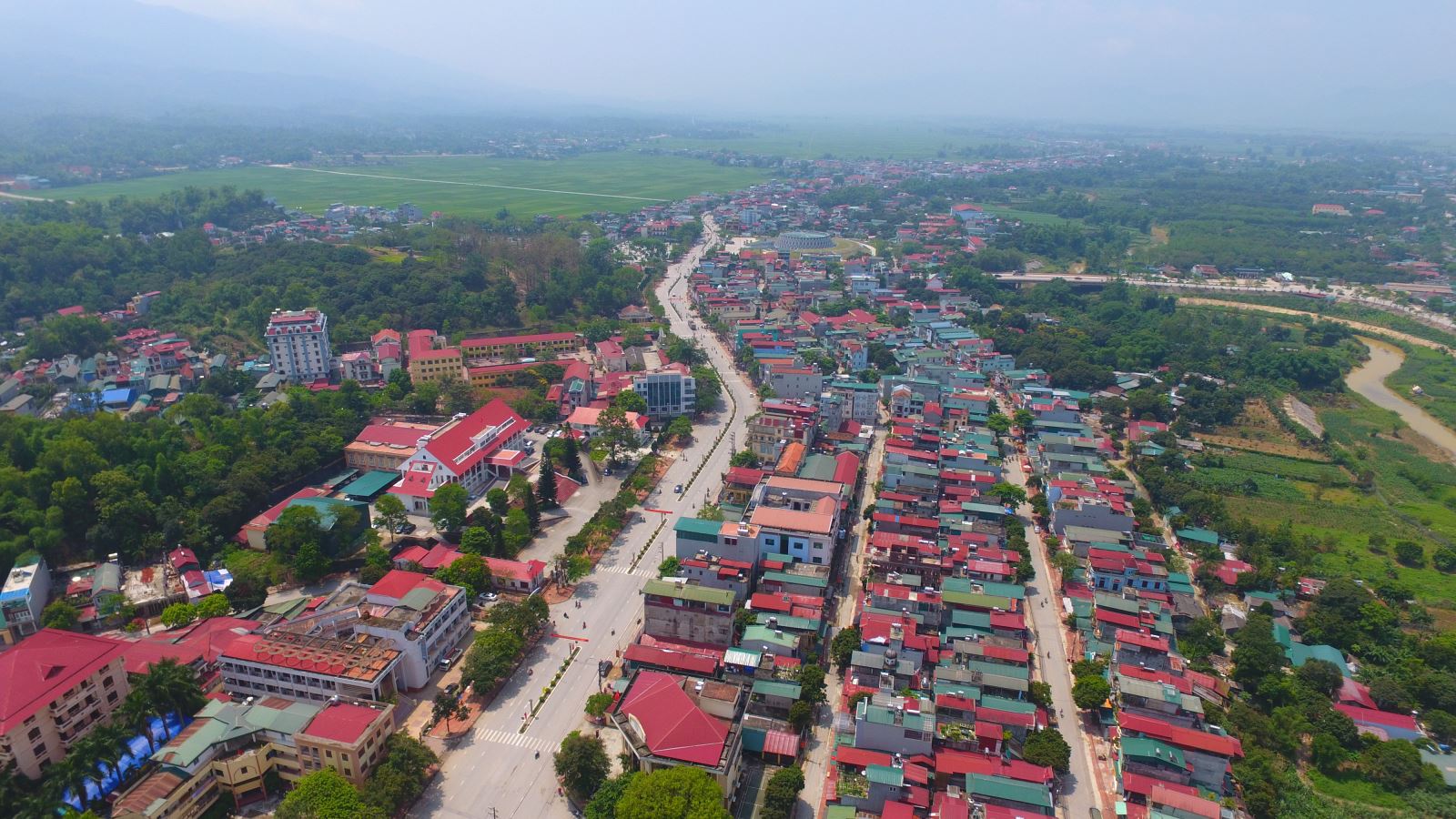
1. Where is Dien Bien located? General information about Dien Bien.
Dien Bien is located on the western edge of Northwest Vietnam and enjoys almost a cool climate throughout the year, making it to be an ideal destination for exploring beautiful sceneries. The terrain in Dien Bien is predominantly steep, rugged, and characterized by hills and mountains, so it is important to exercise caution when traveling in this region. During the winter, rainfall is minimal but temperatures can be quite cold, so it is important to bring warm clothing for your trip during this season.
The distance from Hanoi, the capital of Vietnam, to Dien Bien city is approximately 456 kilometers. If you are traveling from Ho Chi Minh City, the journey to Dien Bien covers a distance of approximately 1946 kilometers, passing through various provinces and cities from the South to the Northwest.
Despite the considerable distance, transportation and Infrastructure have developed significantly, making travel to Dien Bien relatively straightforward. So, there is no need to worry much about the journey as it can be easily managed.

2. When is the best time to travel to Dien Bien?
Tourists usually visit Dien Bien in February during spring when the Ban (sweet) flower, peach blossom - the natural beauty of the northwestern mountains is in full bloom. From November to December, the wild sunflowers turn yellow entirely the forests, roads, and paths. At the end of summer and early autumn, the golden rice fields are a sight to admire, and the harvest season from September to October, which is also the time for locals to reap the wet rice.
The most beautiful time to visit this place depends on the weather and scenery that you want to see, so that you can choose the appropriate time to visit Dien Bien.
3. What are the transportation options for traveling to Dien Bien?
There are currently three ways to reach Dien Bien: by plane, bus, or self-driving from Hanoi.
For air travel
Vietnam Airlines and Bamboo airways offer a direct flight from Hanoi to Dien Bien that takes approximately one hour. The ticket price is around 900,000 VND per person.
Direct flights from Ho Chi Minh City to Dien Bien are also available. The price for a one-way ticket from Saigon to Hanoi is approximately 2,000,000 VND per person, depending on the time of travel. These prices are provided as a reference only.
Motorbike
The distance from Hanoi to Dien Bien is approximately 500km, and it typically takes around 10 to 12 hours to reach Dien Bien by road. If you are in Ho Chi Minh City, you will need to purchase a flight ticket to Hanoi first before making the journey to Dien Bien.
Driving along National Highway 6 offers the opportunity to pass through beautiful places such as Moc Chau, Mai Chau, and Son La. It can be a fascinating experience to stroll and admire the scenery along the way, but it is important to drive carefully and stay focused.
Ensure that your vehicle is in good condition to handle this long-distance journey. If you have an older motorbike, it might be worth considering renting a motorbike from Hanoi to Dien Bien for your travel.
Night Bus
If you prefer a more budget-friendly option, traveling by bus is a convenient and affordable choice. From either My Dinh or Yen Nghia bus station in Hanoi, you can find sleeper buses that will take you directly to Dien Bien. The journey typically takes around 12 to 13 hours. One advantage of traveling by sleeper bus is that you can also transport your motorbike along with you.
The ticket prices for the sleeper bus vary depending on the bus company, service quality, and the time of travel. On average, the ticket prices range from 350,000 VND to 450,000 VND/Person. It is recommended to check with different bus companies to find the best option that suits your preferences and budget.
P/s: The sleeper buses offer the fairly tight bed so that is not convenient and comfortable for big foreign tourists those who are not getting used to staying for some time on it.
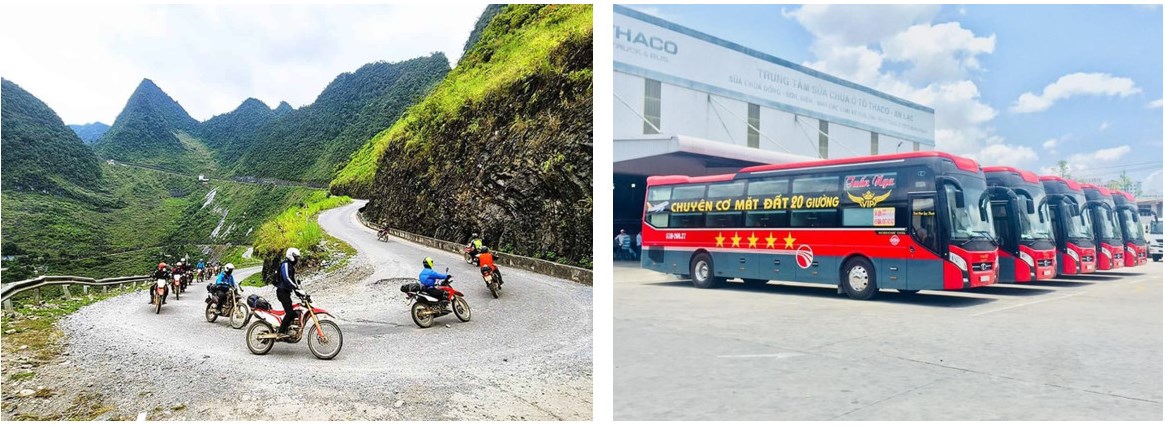
4. Where is the best accommodation in Dien Bien?
When it comes to accommodation options in Dien Bien, there are a variety of hotels available, catering to different budgets and preferences. Here are a couple of options for you to consider:
Muong Thanh Grand Hotel: The 4-star standard
514 Vo Nguyen Giap Str, Him Lam Ward, Dien Bien Phu City, Dien Bien Province, Vietnam
Email: info@dienbienphu.muongthanh.vn
Him Lam Eco – Tourism Resort & Hotel:
Address: N06 Group, Him Lam Ward, Dien Bien Phu City, Dien Bien.
Room price: Around 400 - 850,000 VND per night for two people.
Here are for more accommodation options in Dien Bien in details:
Ruby Hotel:
Located at 43 Nguyen Chi Thanh, Muong Thanh, Dien Bien Phu City, Dien Bien.
The price for a room is around 400,000 VND per night for two people.
Dien Bien Rose Villa:
Situated at No. 80, Group 18, Tan Thanh Ward, Dien Bien Phu City, Dien Bien.
The price for a room is around 450,000 VND per night for two people.
Note: these prices above are provided as a reference and may vary depending on the season and availability. It is recommended to check with the hotels directly or through online booking platforms for the most accurate rates and availability.
If you're looking for more options, Hoang Nam Travel can provide you with a complete list of motels and hotels with prices. Do not hesitate to contact us for more support through the phone: (+84) 912 545 289 or (+84) 36 776 9668.
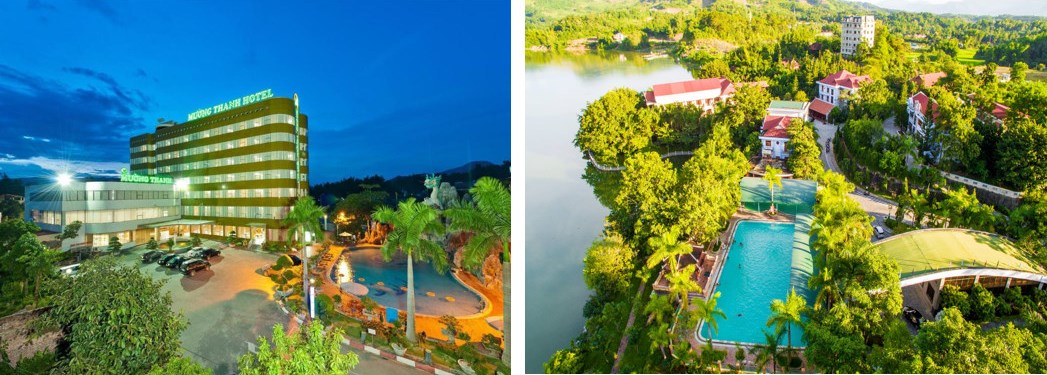
5. What to do in Dien Bien? Which tourist destination is attractive?
There are several attractions in Dien Bien that you can explore during your visit. One of the main tourist destinations is the Dien Bien Phu Victory historical sites.
The first one I mention is the D1 (Dominique) hill which is the centerpiece of the site is the Dien Bien Phu Victory Monument, a 16.6m high bronze statue housed within a reinforced concrete structure weighing 220 tons. It serves as a symbol of our nation's glorious victory and carries immense historical value.
In addition to the Victory Monument, there are other notable attractions within the area that you can visit. These include:
A1 Hill (Elian 2), De Castries Bunker, Dien Bien Phu Victory Museum, A1 Martyrs Cemetery, and the French Army Soldiers Memorial stele, Bailey bridge, Artillery bases, destroyed tanks and other positions as Beatrice, Gabrielle, An Marie…
Dien Bien Phu Campaign Commander in chief is located in a primeval forest in Muong Phang Commune. It’s about 30 km east of Dien Bien Phu City. This is the working place of General Vo Nguyen Giap, Hoang Van Thai, Chinese Military Advisors during the French war… Close to the headquarters with the observation tower on the peak of the mountain with its altitude over 1,400m, and 10 Kilometers as the crow flies from Dien Bien Phu entrenched fortification.
Each of these sites offers unique insights into the history and significance of the Dien Bien Phu victory that you can explore.
Pha Din Pass
This pass spans 32 km, starting 42 km west of Son La town and ending approximately 80 km from Dien Bien city.
Pha Din was virtually the only main single supply route that Viet Minh used for Dien Bien Phu Battle. The pass was heavily bombed by the French during the time and the summit was completely stripped off of trees which turned it into the deadliest part of the route.
Nowadays, traveling on Pha Din is not a difficult job given the road now is in great condition. Once you pass the top, the newly-made road goes lower and less steep than the original one. The scenery is just wonderful anyway. It is revered as one of the Four Great Passes that are highly appreciated by backpackers.
Kho Chua La Cave
Kho Chua La Cave is a natural wonder that boasts a stunning and majestic landscape. The Rocky Mountains' deep gray color blends seamlessly with the lush greenery of the forest and the golden hues of upland rice during the growing season, creating a breathtaking sight.
The cave stretches over 700m and consists of five distinct chambers of varying sizes, each with its own unique and mysterious beauty. If you get the chance, visiting this cave is highly recommended.
Kho Chua La Cave is located in Xa Nhe, Tua Chua district, Dien Bien province, which is approximately 130 km away from Dien Bien Phu City.
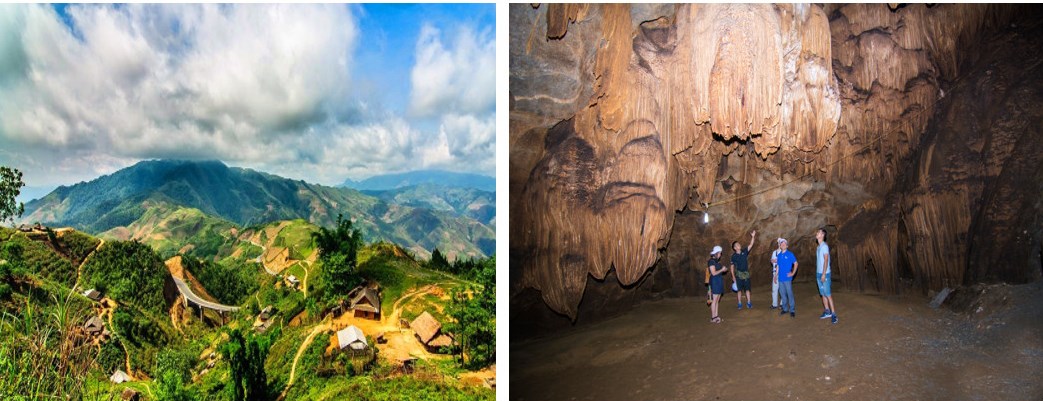
Phieng Loi Cultural Tourism Village
Phieng Loi cultural tourism Village, located just 6 km from Dien Bien Phu City. This is the home to 220 Thai ethnic minority villagers. The local people have constructed houses on stilt that overlook streams and fields those of scene showcases a picturesque view of the village with appearance reminiscent of a water - color painting.
In addition to its scenic beauty, Phieng Loi village also preserves cultural traditions, including folk arts, culinary culture, festivals, and crafts. You can find this enchanting village in Thanh Minh Commune, Dien Bien Phu City, Dien Bien Province.
Che Can cultural tourism village, Muong Phang commune
Che Can cultural tourism village situated in Muong Phang commune is the residence of around 100 Black Thai ethnic households. The traditional stilt house architecture is a unique characteristic of Ban Che Can.
According to the concept of the Black Thai people in the Northwest, the stilt house is a type of house commonly seen in the Northwest of Vietnam. In dangerous mountainous areas, people need to build houses on stilts to prevent wild animals from entering the house and to avoid the annual floods and the cold of the earth. Additionally, stilt houses are usually built in high, airy areas, leaning against mountains and overlooking rivers, streams, and rice fields.
Che Can village is also renowned for its typical festivals such as the Xen Ban festival, Kin Lau Khong festival, and its folk songs and sophisticated dances like Thai folk songs and Khan Pieu (scarf towel) dance. The culinary culture which naturally grown and raised by the villagers themselves is also a highlight for visitors, providing them with safe and high nutritional value.
If you are interested in traveling and learning about culture and community identity exploration, Che Can village is an ideal for you and your loved ones. Furthermore, if you wish, you can spend the night yourself at homestay here for more memorable experience for your trip.
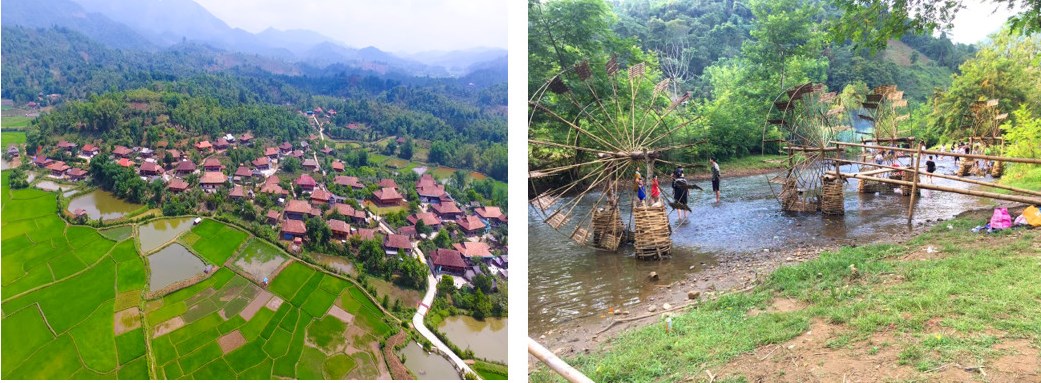
The U Va hot springs
U Va hot springs, situated in Noong Luong commune, Dien Bien district, approximately 15km southwest of the city center of Dien Bien Phu, offer a serene and picturesque tourist area. With a mountainous terrain, a total area of over 73,000 square meters, U Va is blessed with natural hot mineral springs boasting an average temperature of 76-84 degrees Celsius. The tranquil scenery of U Va showcases breathtaking mountain and water landscapes that stretch as far as the eye can see, embodying the essence of a vibrant countryside and its villages. If you seek an escape from the bustling noise, dust, and daily work pressures, U Va hot springs serve as the perfect destination to rejuvenate and unwind.
Pa Khoang Cherry blossom
During the spring season, both the locals of Dien Bien and domestic tourists eagerly gather to witness the enchanting Japanese cherry blossom island nestled in the heart of Pa Khoang lake. This flower island is situated along a vast 600-hectare lake, where over 20 diverse varieties of cherry trees are nurtured and cared for.
As spring comes, this location transforms into a pink-hued paradise, with delicate cherry blossom petals adorning the surroundings and reflecting in the crystal-clear lake waters. The breathtaking scenery of this place evokes a sensation of stepping into a captivating landscape painting crafted by a talented artist.
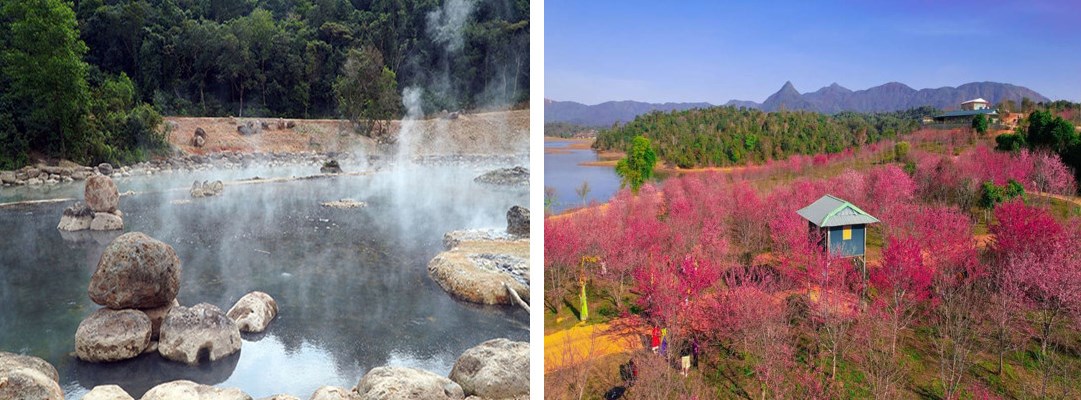
The westernmost point of A Pa Chai landmark
A Pa Chai border is at the top of the mountain where has a border landmark, sharing borders with Laos and China. It is also known as the "roof of Indochina" due to its high altitude (about 1,864 meters above sea level). There is a belief that when a rooster crows on this peak, it can be heard by people in all three countries.
It is also a popular destination for adventurous climbers and nature enthusiasts. Please note that the road to A Pa Chai peak is winding and steep, requiring motorbikes to be in first gear at all time. While most of the road is narrow but paved with concrete, there is a stretch of 1-2 km that is still a dirt track. If you are not confident in your driving ability or prefer a safer option, you can request a support from the Border Guard soldiers to drive you up to the peak.
A Pa Chai border market is held on the 3rd, 13th, and 23rd of each month, and it is a cultural beauty of the border region. The market is constantly growing, with a diverse range of goods displayed in closely arranged stalls. The products available at the market are also rich with a variety of products in terms of types and designs.
The market is located in A Pa Chai commune, Muong Nhe district, Dien Bien province.
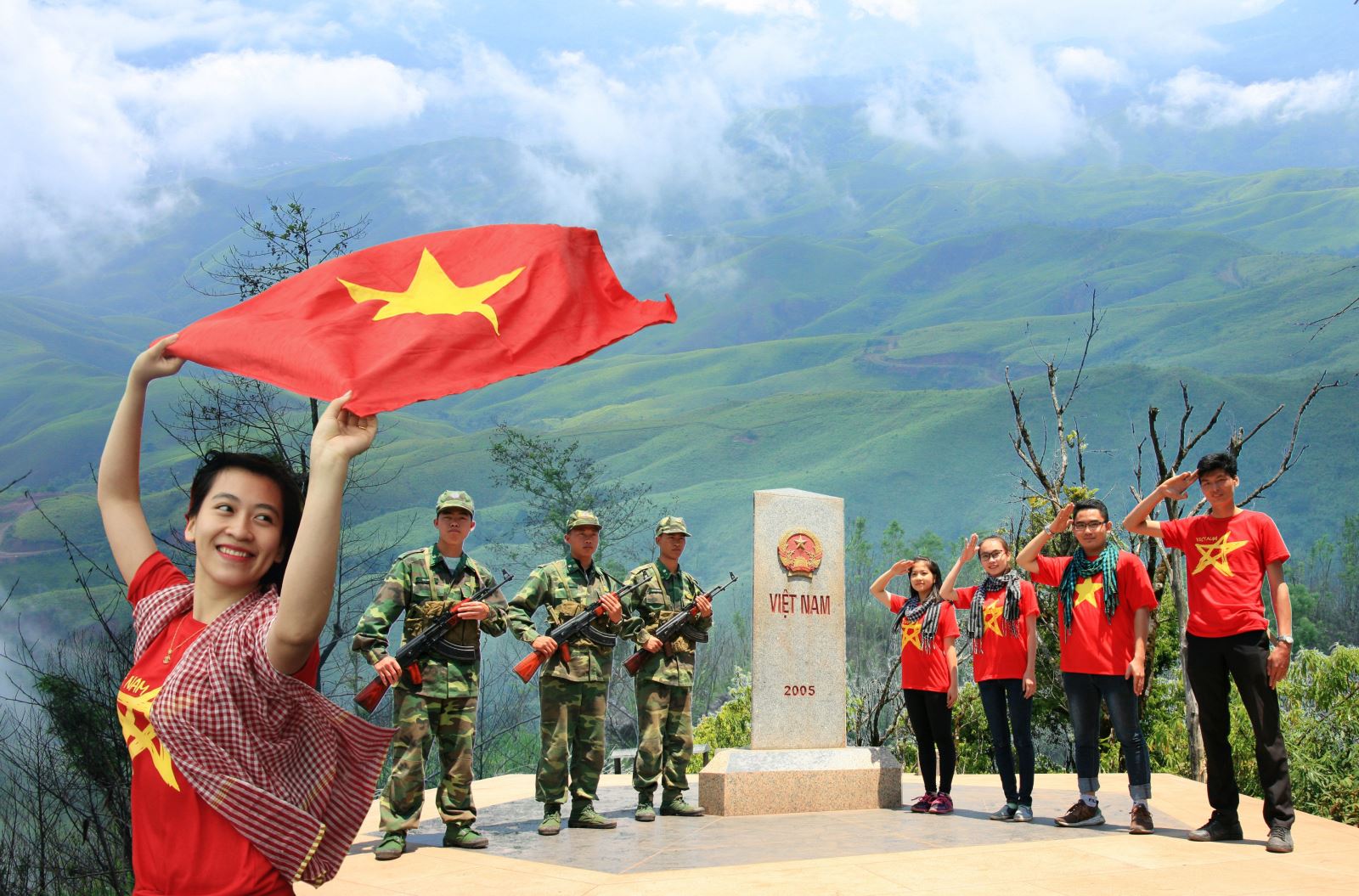
6. Special dishes in Dien Bien
Grilled fish (Pa pinh top) - The Northwest grilled fish that KNOCK OUT all tourists
This is one of the Northwest specialty dishes which made by Thai villagers. The fish is marinated with a blend of spices, including lemongrass, galangal, chili, and garlic, which infuse it with a perfect flavor. The grilling process ensures that the fish is cooked to perfection, with a crispy skin and tender, succulent flesh. The dish is typically served with a side of fresh herbs, vegetables, and sticky rice, allowing diners to create their own flavorful wraps.
The combination of the smoky, charred fish, aromatic herbs, and tangy dipping sauce creates a harmonious balance of flavors that is simply unforgettable. If you are a fan of grilled dishes and want to experience the true essence of Northwest cuisine, do not miss the opportunity to indulge in this mouthwatering grilled fish dish in Dien Bien. It is sure to leave a lasting impression and satisfy your culinary cravings.
Grilled chicken with Mac Khen
Grilled chicken Mac Khen is a renowned specialty of Dien Bien province. Unlike other grilled chicken dishes, no additional fat is added to the chicken during grilling. Instead, the chicken is allowed to cook slowly, allowing the natural fat to render and create a deliciously crispy skin that clings to the tender meat. Once cooked, the chicken is generously coated with the flavor of Mac Khen.
Mac Khen, also known as Má-khén, is a unique spice that is native to the Northwestern mountainous region of Vietnam. The fruit of the Mac Khen tree is carefully harvested and dried, preserving its distinct flavor and aroma. Although it is sometimes compared to forest pepper, Mac Khen boasts its own unique taste and is commonly used in the culinary traditions of the ethnic minority communities in the Northern mountainous region. Its addition to the grilled chicken adds a delightful twist to the dish, elevating it to new heights of flavor. If you have the chance to visit Dien Bien, don't miss the opportunity to savor this delectable grilled chicken Mac Khen.
Dien Bien upland sticky rice
Dien Bien upland sticky rice is a beloved specialty of the region. The fragrant glutinous rice grains are carefully grown in the fields and cooked twice in traditional wooden tray, resulting in a unique and delicious taste.
The upland sticky rice from Dien Bien is particularly renowned for its plump and round grains, which give off a delightful aroma when cooked. The texture of the rice is soft and the taste is sweet, making it a perfect accompaniment to dishes such as organic pork and grilled fish.
In the cold weather of Dien Bien, the allure of upland sticky rice is irresistible to both locals and tourists.
(This picture below shows sticky rice that has been colored with natural leaves or foods from trees, resulting in an irresistible display.)
Tua Chua black chicken
The Tua Chua black chicken, also known as Ka Du, is a unique and prized specialty of the Tua Chua district in Dien Bien province.
This breed of chicken is distinct with its black-rimmed eyes, black skin, black flesh veins, black internal organs, and even black-tinted bones. The meat of black chicken is found to have double the amount of glutamic acid and iron compared to regular chicken. Additionally, it has a lower cholesterol content, making it a healthier choice. Due to its high nutritional value, the black chicken is often recommended for nourishing and recuperating individuals, especially those who are sick.
The black chicken can be prepared in various ways, such as steaming, boiling, or grilling, allowing the natural flavors of the meat to shine through. Its unique appearance and exceptional taste make it a sought-after delicacy for locals and visitors alike.
If you have the chance to visit Tua Chua in Dien Bien, don't miss the opportunity to savor the Tua Chua black chicken. It is a true culinary delight that showcases the rich gastronomic treasures of the region.
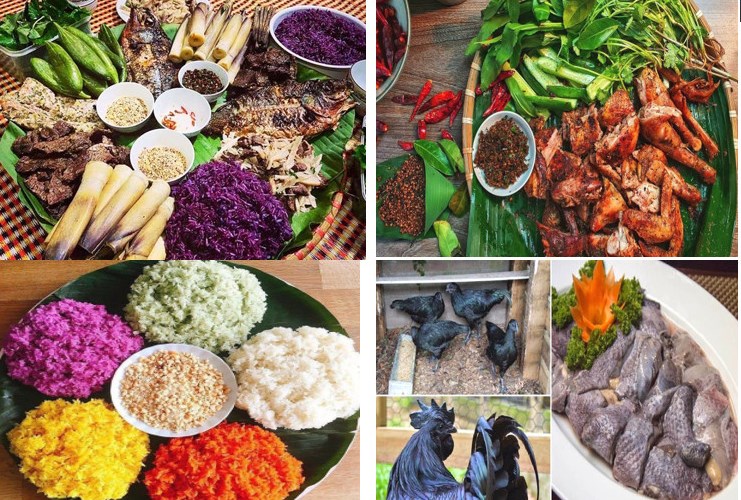
Ban flower dishes
Ban flowers, also known as flowers in the same genus as Bauhinia flowers, are not only known for their pure and wild beauty in the Northwest mountains and forests but also for their culinary uses in the region. The locals gave it the name Ban, which means sweet, because of the sweet of its pistil as you taste.
These flowers are the main ingredient and the soul of some Thai ethnic dishes, leaving a lasting impression on those who have the opportunity to try them.
There is a wide variety of delicious dishes that can be made from ban flowers, showcasing the creativity and culinary skills of the local people. Some popular dishes include ban flower salad, ban flower stir-fried with buffalo meat, ban flower cooked with sticky rice, ban flower soup, grilled ban flower with pork, and grilled ban flower with fish. Each dish highlights the unique flavors and textures of the ban flowers, creating a delightful culinary experience.
Among these dishes, Hoa ban salad stands out as a truly unique and irresistible dish. The salad combines the freshness of the ban flowers with a medley of other ingredients such as herbs, vegetables, and sometimes meat or seafood. The combination of flavors and textures creates a harmonious balance that is both refreshing and satisfying.
Muong Thanh bird sticky rice
Muong Thanh bird sticky rice is a traditional dish that is highly cherished during holidays and the New Year in Dien Bien. This dish is known for its fragrant sticky rice, which is cooked twice on a wooden tray, and its delicious and well-rounded taste, thanks to the addition of pigeon meat.
In the past, Muong Thanh bird sticky rice used Turtle dove meat, but due to the scarcity of Turtle dove birds, pigeon meat has become a popular substitute. The pigeon meat adds a delightful flavor to the dish, complementing the aroma and texture of the sticky rice.
When enjoying Muong Thanh bird sticky rice, you will be treated to a delightful combination of fragrant rice and succulent pigeon meat. The dish is a true culinary delight that showcases the rich traditions and flavors of the region.
If you have the opportunity to visit Dien Bien, don't miss the chance to savor Muong Thanh bird sticky rice. It is a dish that will leave a lasting impression on your taste.

Cabbage roll with green Bastard Oleaster
Green cabbage rolls with green Bastard Oleaster are a dish that leaves a lasting impression on anyone who tastes it. The key to this dish is using fresh, slightly soft, and succulent green cabbage with a hint of sourness and a subtle astringent taste. The cabbage leaves should be carefully selected, choosing ones that are the perfect size - not too old or young - and have a pale white color. To enhance the flavors and tasty, add a touch of garlic leaves, coriander leaves, and sliced ginger.
Khau Xen cake
Khau Xen cake is a unique type of cake that resembles shrimp crackers but has a firmer and chewier texture. This delectable treat can be made using various ingredients, including black sticky rice, white upland sticky rice, or a combination with gac fruit (Baby Jackfruit) to give it a vibrant yellow hue. Additionally, the cake can also be infused with the natural color of the sticky rice plant, resulting in a beautiful purple shade. The diverse range of ingredients used in Khau Xen not only adds visual appeal but also contributes to its distinct flavors and textures.
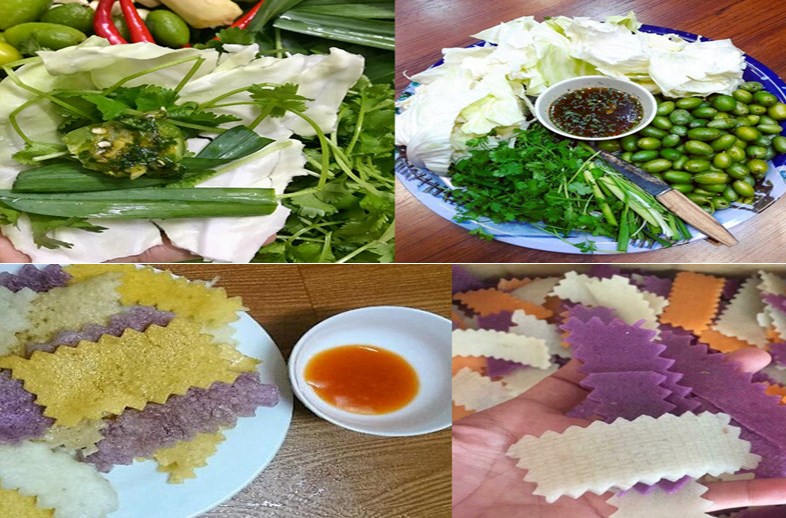
7. What are some recommended souvenirs to buy in Dien Bien?
If you are on your travel, do not forget to bring back some unique souvenirs from Dien Bien is a great way to share your travel experiences with your friends and family.
Shan Tuyet Tua Chua Tea
In Tua Chua, the Shan Tuyet tea tree is also referred to as the "eternal tree" by the Mong minority due to its ability to live for hundreds of years.
One popular souvenir to buy in Dien Bien is Tuyet Tua Chua Tea. This tea is made from natural Tua Chua leaves that grow on Rocky Mountains and are infused with mountain dew, resulting in a fragrant and refreshing taste.
It is a great gift for adults and costs around 400,000 VND per kilogram.
Sau chit – Reed worm (cordyceps)
Another unique souvenir is Reed Worm Wine, which is made from live reed worms that live inside trees. These worms are placed in a basin of light wine. In worms, the protein content accounts for 25 - 32% equivalent protein content of the body, including 6 amino acids so it is very good for health. Resulting in a protein-rich drink that is believed to be good for health. It is special for improving men’s potential role.
The price is around 1,400,000 VND for one kilogram of ready-to-use worms.
Dien Bien Rice
Dien Bien Rice is a good souvenir to take home for relatives and friends. This rice is known for its flexibility and can be used to make various dishes such as lam rice (bamboo tube-cooked rice), sticky rice, and sticky rice cakes.
It costs around 300,000 VND for a 10-kilogram bag.
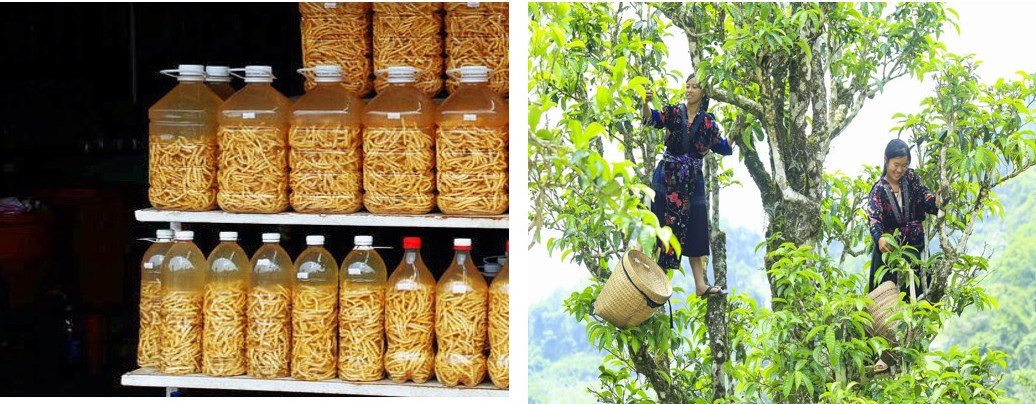
8. Things you ought to know before traveling to Dien Bien?
If you are planning to travel to Dien Bien, there are several important things to keep in mind that:
Best time to visit: to fully enjoy the natural beauty of the region, it is best to visit during the spring months of January to March when the wild peach blossoms and thousands of blooming white ban flowers in mountains and along the way. Another good time to visit is in August and September when the Muong Thanh fields are covered in ripe yellow rice.
Avoid the rainy season: It is advisable to avoid traveling during the rainy season which typically falls from June to August due to the risk of landslides and difficult transportation.
Check the weather forecast: Before planning your itinerary, make sure to check the weather forecast for Dien Bien. This will help you prepare for any weather-related changes or challenges.
Pack necessary medication and personal items: It is always a good idea to pack necessary medication and personal items in case of any unforeseen circumstances or emergencies.
Respect local customs: The people of Dien Bien are known for their friendliness and hospitality. However, just keep in mind that when interacting with the hill tribal minority people of Dien Bien, be sure to know the taboo regulation and respect local customs to avoid any misunderstandings or expensive "clearance" fees.
By keeping these tips in mind, you can have a safe and enjoyable trip to Dien Bien.
And those are the shares that Hoang Nam Travel wants to send to you.
If you intend to travel to Dien Bien,
please contact us +84 912 545289/ + 8436 776 9668 or by email: hoantourdbp@gmail.com
BÀI VIẾT CÙNG CHỦ ĐỀ
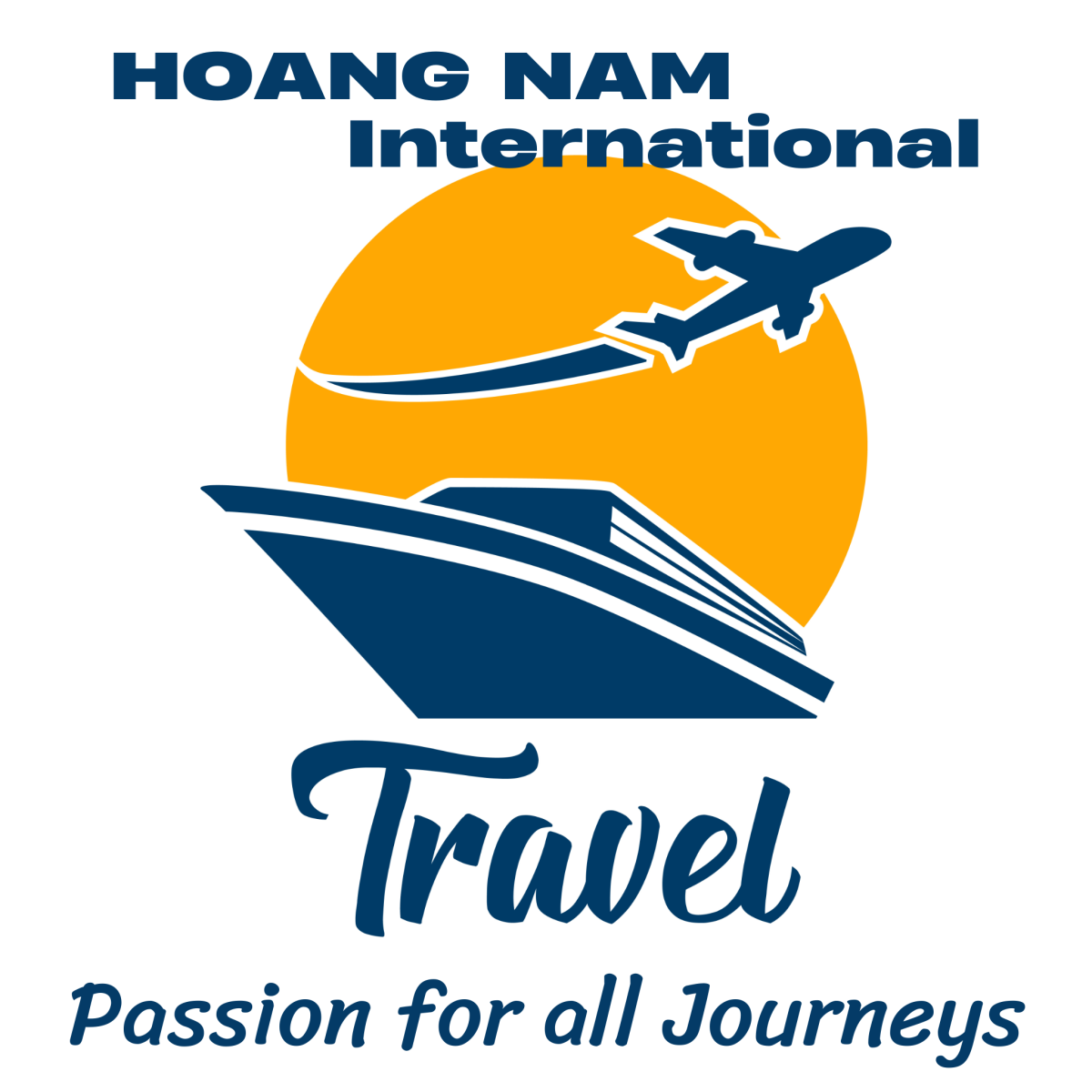


.jpg)
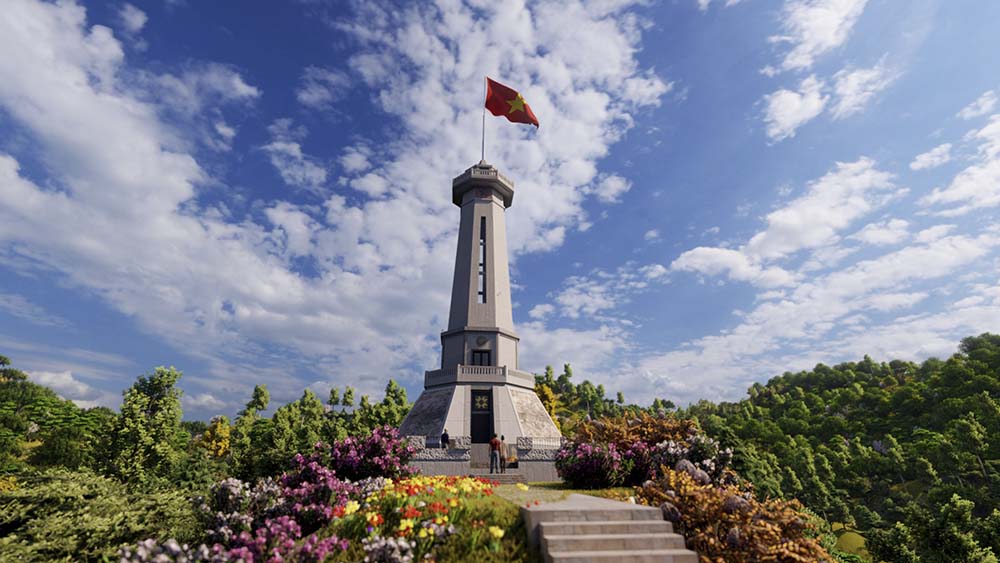
.jpg)
